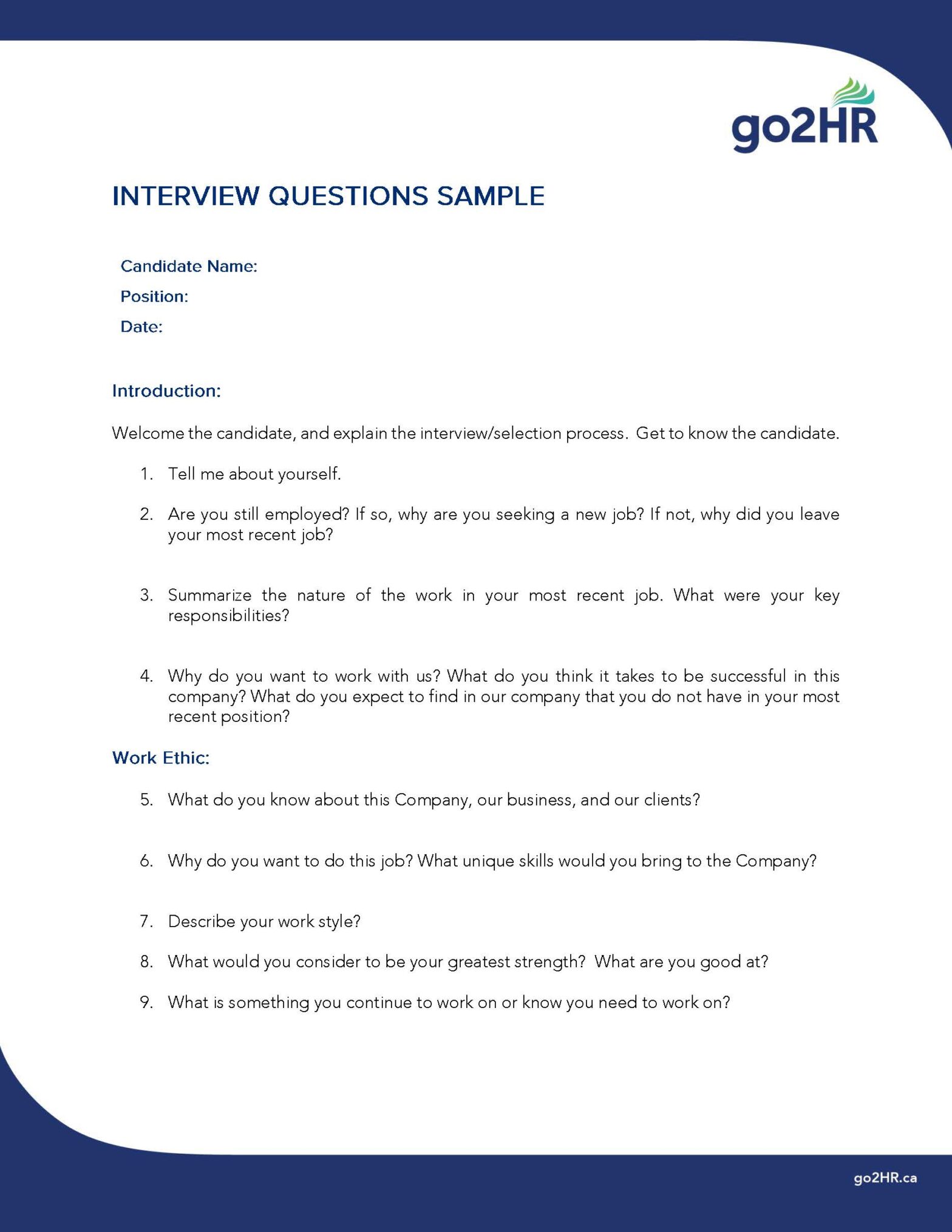November 23, 2015
As we enter into an era of changing demographics, traditional sources of young labour are getting tighter. Competition for the talent that does exist is getting more fierce (from other operators as well as companies in other industries), and it is getting even more difficult to match the expectations of potential new hires with the reality of the nature of the work to be done. Sourcing has become a critical element to an effective HR plan.
So where do you start? The answer to this question often lies in where you are to begin with (both figuratively and literally). Your sourcing strategy may be quite different if you are looking for a chef in the Thompson Okanagan than if you are in a large metropolitan area. Likewise, a large hotel or restaurant chain may have different sourcing strategies from that of a small operator who is located just down the street. In addition, if you have a reputation for being an innovative employer who is fair and who values staff, your approach to sourcing will be different than if you are unknown (or worse, known for having a poor reputation as an employer).
There are, however, some common approaches to sourcing that may be of help, whether you count yourself among the good, the bad or even the ugly.
CURRENT EMPLOYEES
Have you got someone already working for you who can fill the vacant position, maybe with a little bit of training, coaching and support? Having an internal promotion policy is not only a good way to fill vacancies as they occur, it is also a smart way to retain the good employees that you already have. People who see their colleagues get ahead in the company will be more likely to stay, because they see that hard work and effort are recognized.
EMPLOYEE REFERRALS
Can one of your employees refer someone who is capable of doing the job? Employee referrals can be one of the most effective (and inexpensive) methods of finding new people. Employees who are happy with the company they work for are often quite willing to suggest a friend whom they think can do the job. As they tend to take responsibility for the referral, they usually make sure that it is someone who is a good fit with the company, has the skills to do the job, and is fully aware of the pluses and minuses of working for you.
FRIENDS, SUPPLIERS AND CUSTOMERS
Another potential source for new employees is your network of friends, suppliers and even customers. Just putting the word out (or, more formally, posting the vacancy) can be an effective recruiting method.
DROP-INS
How do you recruit good people when you don’t have an immediate opening? Big companies have elaborate (and often expensive) resume tracking systems to keep track of good applicants, so they can contact them when an opening occurs. The same principle can be applied for the small- to medium-sized operator who can’t afford a computerized system. Simply collect resumes as they come across your desk and during down time (as seldom as this may occur) interview the promising ones. Put the resume of anyone who interests you into a separate folder for review when an opening occurs. This sourcing strategy works especially well if you have a good reputation in the community as an employer of choice. If you use this as a sourcing method, you should keep in contact with the promising applicants on a regular basis (every few months), so they know that you are still interested in them. This allows you update your files if the applicant’s circumstances have changed.
MEMBERSHIPS AND ASSOCIATIONS
Use the associations that you belong to. Associations are there to serve their members. Many of them have good communication channels for advertising your vacancies. Even if the ad doesn’t reach potential applicants directly, letting other employers know that you are looking for people can be useful if they happen to be in a surplus situation.
THE INTERNET
This can be a relatively inexpensive method of recruiting. There are a number of job boards in the commercial marketplace that can get the word out that you are looking for people. go2HR has a job board that is not only specifically targeted to and for the industry, it is one of the least expensive Internet recruiting tools available to you.
SPECIALTY PLACEMENT AGENCIES
There are a number of placement agencies that specialize in screening and referring applicants at little or no cost to you. These agencies typically tap into labour markets that are under-utilized (Employment Insurance recipients, individuals on Social Assistance, new immigrants, etc.) and develop a bank of prescreened applicants that may fit your needs.
COMMERCIAL PLACEMENT AGENCIES
These agencies typically specialize in a particular area (management, clerical, bartending, etc). Although these agencies can be somewhat expensive (they can charge up to 25 to 30 per cent of the gross annual salary of the position being filled), they can be an effective way of filling some specialized or difficult-to-fill positions.
CLASSIFIEDS AND CAREER ADVERTISING
Classified or career ads in community, provincial or national newspapers can be effective, and can range from the relatively inexpensive (a classified ad in the local community newspaper) to very expensive. An ad in the career section of a national newspaper can run into several thousand dollars for one ad placed for one insertion.
COLLEGES AND SCHOOLS
These can be an extremely potent method for sourcing applicants. Take advantage of co-op placements, internships and work placements offered by these institutions. This approach allows you to see a potential applicant in action, while you are getting some essential work done. Equally importantly, the student not only gains valuable work experience but also has the opportunity to see what it’s like to work for you. If you have the reputation of being an employer of choice, this exposure can do wonders for your sourcing strategy. Even if you don’t end up hiring the student, the word will get back to his or her peers about what it’s like to work for you, and your next advertisement in the local school paper or through the school’s placement program will provide a number of good applicants. This strategy will be less successful if the student finds your place of employment to be less than satisfactory, or not as good as other work placement opportunities.
OPEN HOUSES
An open house can been used successfully when companies are trying to fill a large number of vacancies in a short period of time. For example, airlines use this technique when they need staff for new routes and are looking to hire as many as several hundred new flight attendants for start-up. Typically, an ad is placed in the newspaper, inviting applicants to drop by on a certain date. A recruitment team is there to meet them and do a quick screening interview to assess communication skills, interpersonal and team skills, availability, etc. Candidates who successfully pass this stage are invited to continue through the recruitment process.
SEASONAL EXCHANGE PROGRAMS
Some innovative companies are forming partnerships with other organizations to level off their peak seasonal requirements. Basically, this approach works when two or more companies require the same basic skill sets but have different seasonal staffing requirements. When one organization is busy and needs employees, it has an arrangement with another organization that is entering a shoulder or down period and can provide some of its surplus employees.
go2HR is BC’s tourism & hospitality, human resources and health & safety association driving strong workforces and safe workplaces that deliver world class tourism and hospitality experiences in BC. Follow us on LinkedIn or reach out to our team.
Return to top


